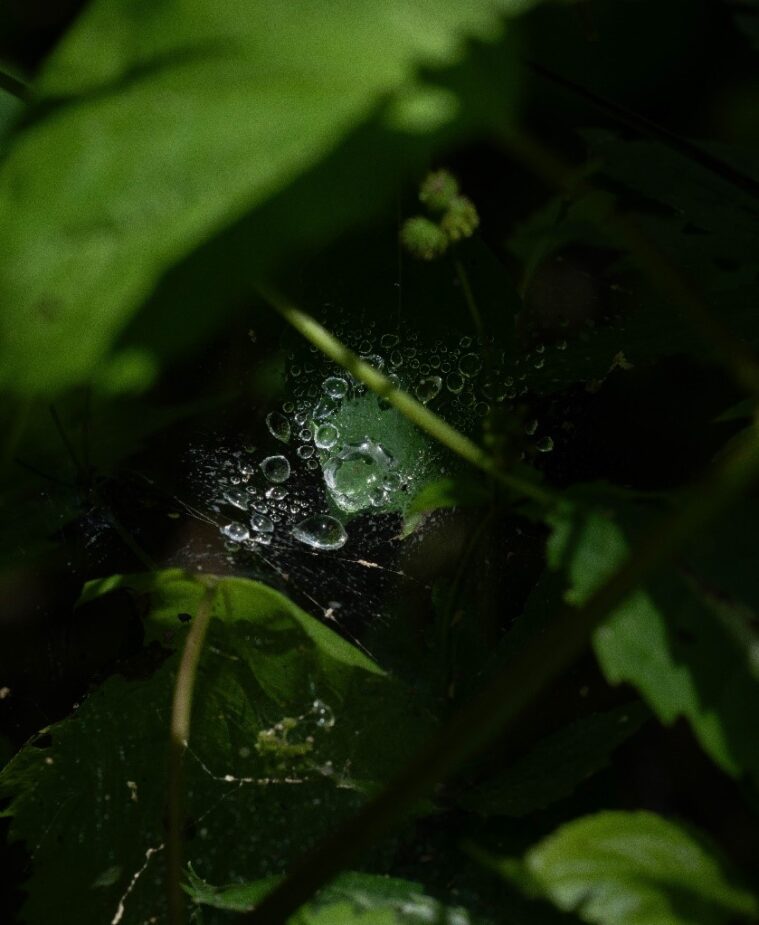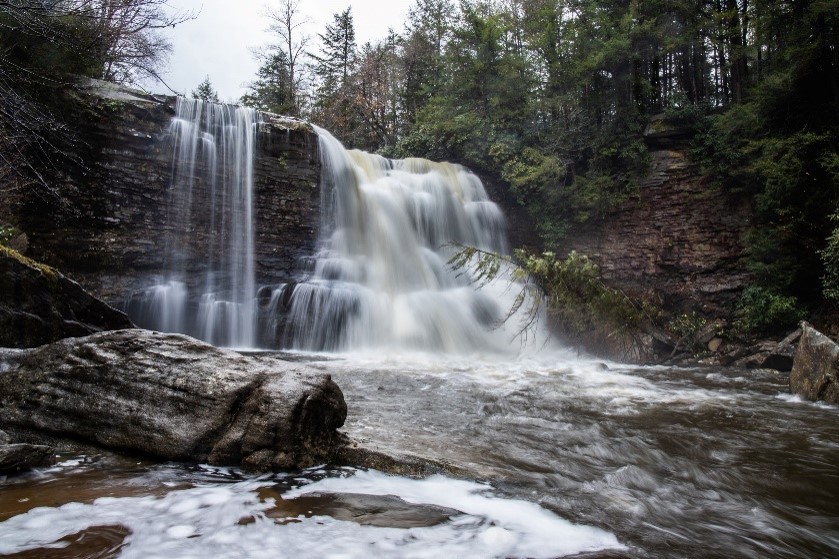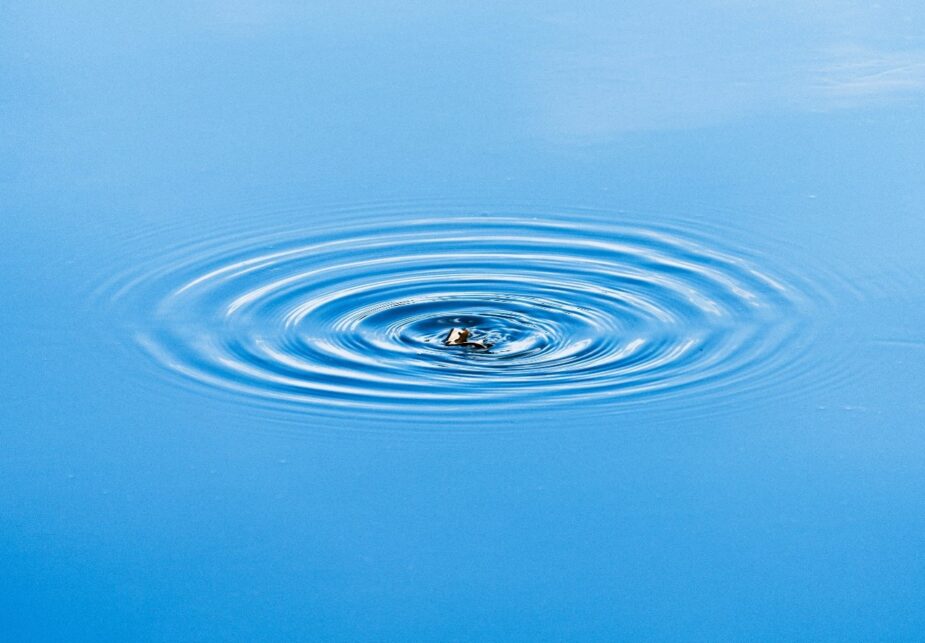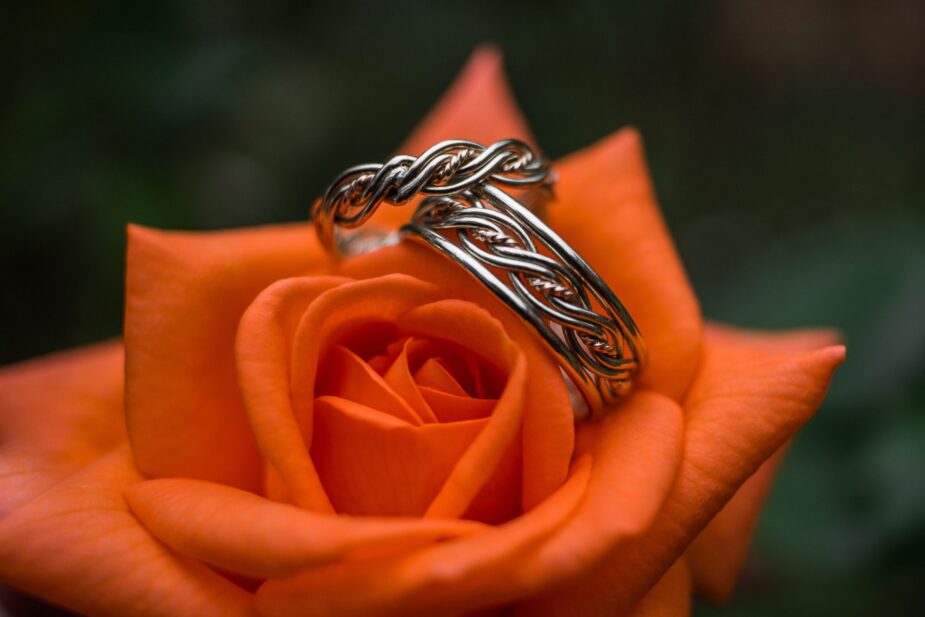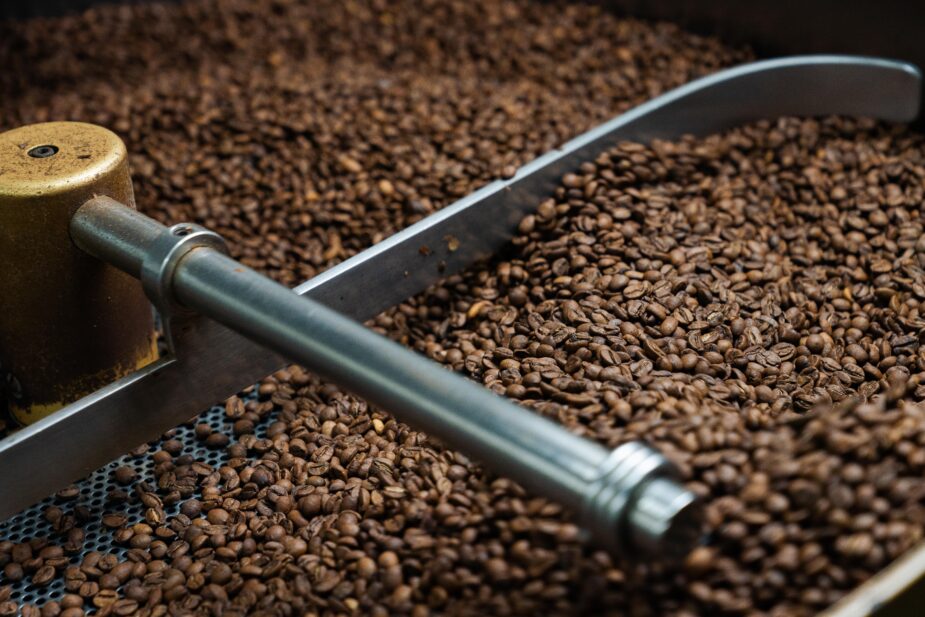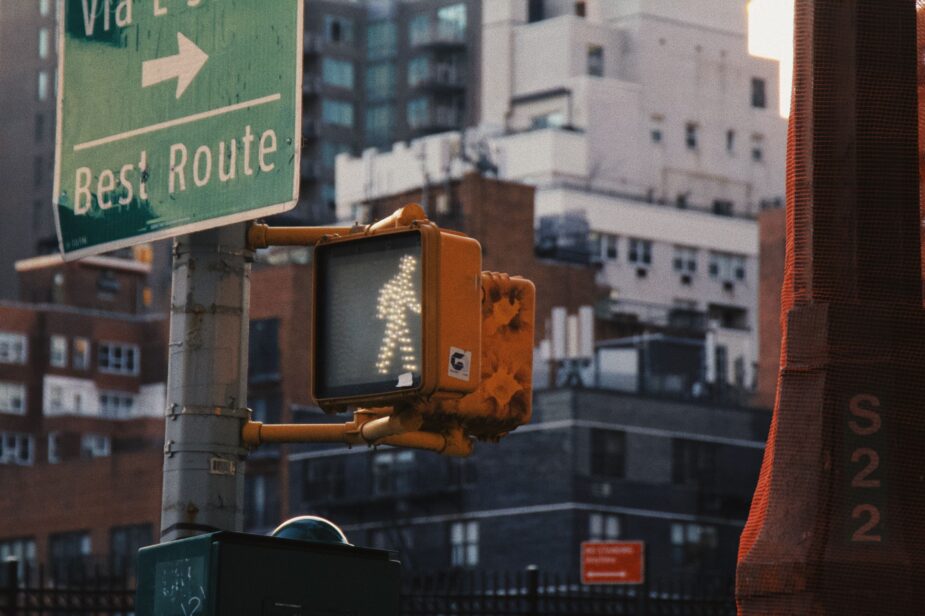Ten years ago, Photographer and Videographer Christian Locke graduated high school with an inkling to pursue a career in the arts. Not knowing exactly what that would look like, he started a clothing line with a friend. Getting the line off the ground required photographs to market their line and develop their website and social media channels, and Christian stepped up to the plate. In the end, the line fizzled off, but Christian’s crash course introduction into photography stuck.
With his new-found passion, Christian set out to build a career in photography. He began learning everything he could and practicing with portrait and street photography. And when posting his work to Instagram, he quickly gained a following that kicked off a series of freelance gigs that led him to photographing concerts, particularly for the R&B singer Mary J. Blige, and the Black-Owned Wine and Spirits Festival in Washington, D.C.
Developing his eye through freelance photography and working his way up from social media strategist, his big break came nearly three years ago when he took on the role as the official photographer for AMSG’s contract with the U.S. Department of Homeland Security’s (DHS) Science and Technology (S&T). “If you would have told me in high school or even a year before I graduated high school that I would start leaning into the arts, I probably would have laughed at you,” says the former high school basketball champ. “My interest shifting definitely happened overnight…I was definitely a late bloomer. But this has been a nice little gift that’s been dropped into my lap.”
Over the last two years, Christian has photographed some of the Agency’s most significant moments, including S&T’s Under Secretary Dimitri Kusnezov, Ph.D. unveiling its latest equipment to support emergency response operations. And he’s not slowing down. While Christian’s efforts are fully focused on nurturing this 9-5 dream job, his goals for the future involve packaging capsules of his work. But in the meantime, let’s take a moment to marvel at Christian’s tenacity in turning his hobby into a rewarding full-time career.
AMSG: Tell me about your career – how did you get into photography?
Christian Locke (CL): I stated doing photography in 2013 shortly after I graduated high school. I didn’t really know what to get into when I finished. I was heavily into sports in high school. I played basketball. But prior to graduating, I made the decision that I didn’t want to play basketball in college, so I was at a crossroads about what to do. I’ve always loved working with children and I was thinking of going into Child Psychology, but the art bug got to me.
The summer after graduation, it hit me overnight that I wanted to explore the art world. It originally began with me trying to start a clothing line with a friend. I would shoot the photos and through doing the photography for our website and social media channels, I started to develop a love for photography. Eventually the clothing line fizzled off, but I started really focusing on photography. I would post my work on social media and get really good feedback, so I figured why not continue to explore with it.
Shortly after, I started booking word of mouth clients and family friends to get my experience going, and I ran with it. Since then, I kept it on the side as my passion and hobby, and built a website. And now, ten years down the road, it’s gotten me into rooms I never expected I’d be in and shooting events I never imagined I would shoot. For the most part, I still like to keep it pretty low-key and word of mouth so I’m not overextending myself and burning out. But that’s a little of how I got started, and it’s been about 10 years now.
AMSG: Are you self-taught or did you go through a traditional photography program?
CL: I’m self-taught. I give all credit to God for putting this in my lap. Because if you would have told me in high school or even a year before I graduated high school that I would start leaning the arts, I probably would have laughed at you. My interest shifting definitely happened overnight. And it was definitely not something I was always immersed in.
My dad was always the photographer of the family, taking photos at our family reunions and on family trips, so I was always sort of around photography, but never really paying it any mind until that summer ten years ago. Every now and again, I’ll be jealous of people who’ve been artists their entire lives, but I remind myself that I’m on my own journey. I was definitely a late bloomer. But this has been a nice little gift that’s been dropped into my lap.
AMSG: It’s so serendipitous though how you tried one avenue and ended up finding your passion through that journey. How did you make the switch from freelance photographer to a full-time Department of Homeland Security Science and Technology contract photographer?
CL: I’d been on government contracts in the past as a social media strategist. Once I got my foot in the door with social media, they would realize I was also a photographer and from there they would ask me to take photos. When I started working for DHS, it was the first time ‘photographer’ alone was in the job title. When I originally started, my job title was ‘Photographer/Social Media Assistant’. But when AMSG won our contract, I made the jump to full-time photographer with videography incorporated into the role, and this has been my first official, on paper full-time photography job.
AMSG: This evolution must feel rewarding. You must be proud of yourself for dedicating your time and energy toward something and having it unexpectedly evolve into what it has today. Tell me about the work and experiences you never expected would happen.
CL: I’ve helped shoot commercials for brands. I’ve photographed Black-owned wine festivals. I’ve done some concerts, and although concerts are not really my forte, I shot photos of a Mary J. Blige concert. So there have been opportunities like that where I run into people and they put me on to photography gigs or ask me to tag along with them, and I find myself in very interesting rooms meeting interesting people.
DHS adds to my collection of experiences I’ve been able to see through my photography. Being in those rooms at DHS, and working behind the scenes of DHS’ Science and Tech, I get to witness how our country is innovating to keep us safe on a daily basis.
AMSG: What does your day look like at S&T?
CL: It ranges quite a bit. Whatever they want documented internally or externally, I’m the guy they send. Right now, I go into the office to update all of the feds’ headshots. I take photos for ceremonies and internal events, like all-hands’ meetings. Other times I’m sent off to capture photos for a demo event.
AMSG: What’s your favorite S&T project or event to date?
CL: One of the first events I attended and was able to take photos of, was for an explosives demo event on their base in Quantico. They were setting off little hand-made explosives to showcase a new technology that disarms bombs from a distance. So instead of having to send in human beings, this technology will be able to disarm bombs without jeopardizing a bomb specialist’s life. That was cool.
Recently, I attended another event where our new Under Secretary spoke to the media about the new Carbon-Free H2@Rescue Emergency Relief Truck that I believe FEMA will use in the future. It can be driven for up to 2-3 days and it’s powerful enough to power 20 homes. The truck was on display for the media and the Under Secretary, so I took photos of the Under Secretary touring the truck. They ended up using my photos for social and to further shine light on the announcement they made. So, it was cool to have the Under Secretary use and publish my photos in the media.
AMSG: Your freelance portraitures and street photography are beautiful. They remind me to pause and observe my surroundings versus getting distracting by noise and chaos that constantly surrounds us. How would you describe your style and your work – do you have a favorite genre?
CL: That’s a great question. I love my street photography. My favorite thing to do is go street walking and whatever catches my eye, take a photo of it. Street photography usually draws me in the most because it doesn’t require a lot of effort, planning, or logistics. I can just hop in the car, bring my camera, and just go with the flow. So, when people ask me, ‘How do you describe your work?’, I like to describe it as abstract street photography.
AMSG: Are there any special freelance projects you’re working on right now?
CL: I’ve been blessed to be invited back to shoot a festival I’ve done over the last few years. It’s the DC Black-Owned Wine and Spirit Festival. That usually happens every fall in September, so I’m preparing for that, getting the logistics together, and mentally preparing for how I plan on executing everything. But with my 9-5 now, I like to keep my schedule as niche and word of mouth as possible to focus my efforts.
AMSG: How do you typically prepare for an event or photoshoot?
CL: Pre-production meetings. For the upcoming festival, I’m working on getting a meeting together so they can provide a shot list and a run-down of what they expect and what they’d like me to focus on. Usually, they have a new twist or focus that they want me to nail home every year. I also do a walk-through of the venue to get a visual of the space and layout, and where all of the vendors will be.
I’ve come to realize, especially working with DHS over the last two years, that focusing on the pre-production, turning over every stone, and ironing out all the details cuts down on the stress. I’ve also come to realize there are no stupid questions – ask the stupid questions to make sure everything is in order and good to go!
AMSG: How do you get in the creative zone?
CL: Music helps (a lot), especially when I’m walking around doing street photography. I put my headphones in and just allow myself to slow down and let my eyes do the work. Sometimes I have to put myself in the mindset to capture some stuff, but now that photography is my 9-5, the process has gotten a little easier.
Before I was slower paced because I used to only take photos when I was motivated to take photos. But nowadays I don’t always have that luxury, so I’ve learned to train myself even when I’m not in the mood. It’s like a muscle. I’ve heard from writers that it’s not just writing when you’re motivated, because there can be days or weeks before you put pen to paper, but writing something every day or keeping a notepad close by to jot down an idea or sentence.
I’m working on finding a good travel camera to keep in my pocket so I’m able to capture anything that catches my eye. But for getting in the zone, music helps, being outside and getting fresh air, and allowing myself to slow down and acknowledge my surroundings is my go-to regimen.
AMSG: What artist or photographer inspires you? Or work – it doesn’t have to be a person.
CL: I love film photography. I love abstract photography. And I love people photography. Kind of going along the same lines of how I like to shoot my personal photography. The kind that makes you want to slow down and see more of your surroundings. The kind that tells a story inside of the photo alone.
I’m always scrolling through Instagram for the visuals, but I like the photo where you look at it, and you can feel the story behind it. And it makes you want to know what was happening and the message behind it. Those are the kind of photos that grab my attention. The ones that can tell a story all by themselves.
AMSG: What message(s) does your photos convey?
CL: That’s a good question because that’s something I still feel like I need to work on. Also, I don’t always take photos for a message or a story. Sometimes, it’s just about me capturing a moment or taking a shot at something that catches my eye. It’s always interesting when people observe my photography and explain how they feel and what they see. Sometimes they notice things I didn’t even see. So, I can’t really say that I always have a story or meaning behind the photos I take. But I definitely admire artists and photographers who are able to do that with their work.
AMSG: With all that you’ve accomplished so far, as a photographer, where would you like to be and how would you like to be known 10 years from now?
CL: Overall, I would like to be looked at as a solid all-around artist. I view my photography as an art rather than a service, so I don’t advertise myself too heavy for events and weddings. I’ve been asked for that kind of work and I’ve done it through word of mouth or to help out friends. But I would love to be in a lane where I’m able to work in all fields or sell prints of my photography and move at my own pace, not having to worry about doing an event to cover my bills. And if it requires me to sell capsules of my work here and there, then I would be happy with that.
AMSG: Do you have advice for someone who would like to get started in the arts, but is afraid to pursue it without having a background in the arts?
CL: I’m been blessed to have this job, so if there’s one piece of advice I’d share, it’s that regardless of how afraid you are, do it scared, challenge yourself and think outside of the box.
Oftentimes, I come across people who look at art or artists and think that art isn’t for everyone. Or someone will look at a really great painting or photo, and wish they were that talented and think they can’t do the same. But art is for everyone. People do things on a daily basis that they don’t qualify or view as art. But I think of art as broader than what people wear and what we see in galleries. Art is all around us and I think in some way or fashion, we are all artists. You could be a trash man who brings a level of artistic integrity to your work, a professional chef creating dishes, or a stay-at-home parent keeping order in the house, there’s all has a science and an art to it.
By: Juania Owens, Investment Analyst Lead
